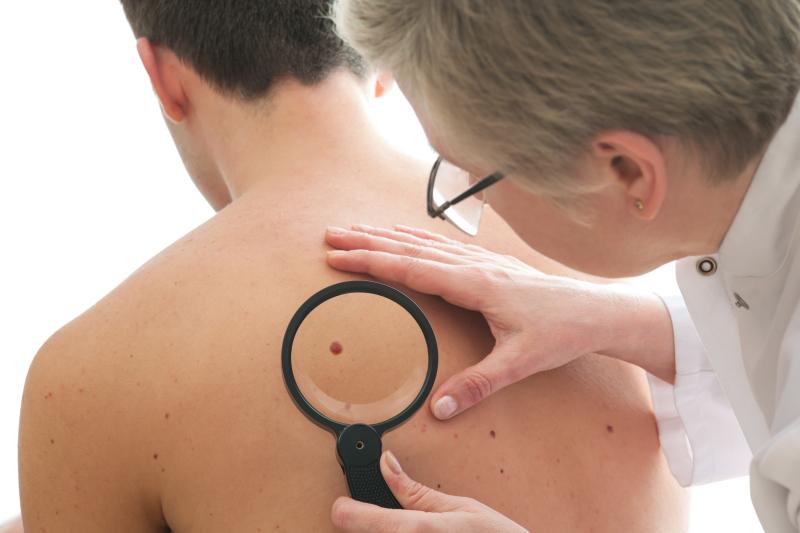
Poorly differentiated cutaneous squamous cell carcinomas (cSCCs) are likely to be incompletely excised in peripheral and deep planes, despite adherence to the British Association of Dermatology-British Association of Plastic, Reconstructive and Aesthetic Surgery guidelines, reports a recent UK study.
Researchers enrolled 296 patients (69.3 percent male) who had had primary cSCCs excised between January 2017 and April 2018. Majority of the participants were >80 years of age (n=157; 53.0 percent). The malignancies were also most commonly found on high-risk sites, such as the face and scalp (n=206; 69.6 percent).
Almost half of the sample (48.0 percent) had moderately differentiated cSCCs, while 33.4 percent had well-differentiated lesions. Thirty-eight patients had poorly differentiated cSCC, corresponding to a 12.8-percent prevalence rate. The remaining patients either had well-to-moderately or moderately-to-poorly differentiated lesions.
Both moderately and poorly differentiated lesions were excised with wider margins than well differentiated cSCCs (6.4 and 5.6 vs 4.7 mm). Despite this, ordinal regression analysis found that poorly differentiated lesions were significantly more likely than their well differentiated counterparts to be excised with close or involved peripheral margins (odds ratio [OR], 45.02, 95 percent confidence interval [CI], 3.71–546.23; p=0.003).
Depth margins likewise varied with histological grade. Both moderately and poorly differentiated lesions were more often excised to deeper planes than well differentiated cSCCs. However, the risk of having close or involved deep margins remained significantly elevated in both cases relative to well differentiated lesions (moderate: OR, 5.10, 95 percent CI, 1.50–17.30; p=0.009; poor: OR, 11.94, 95 percent CI, 2.69–53.04; p=0.001).